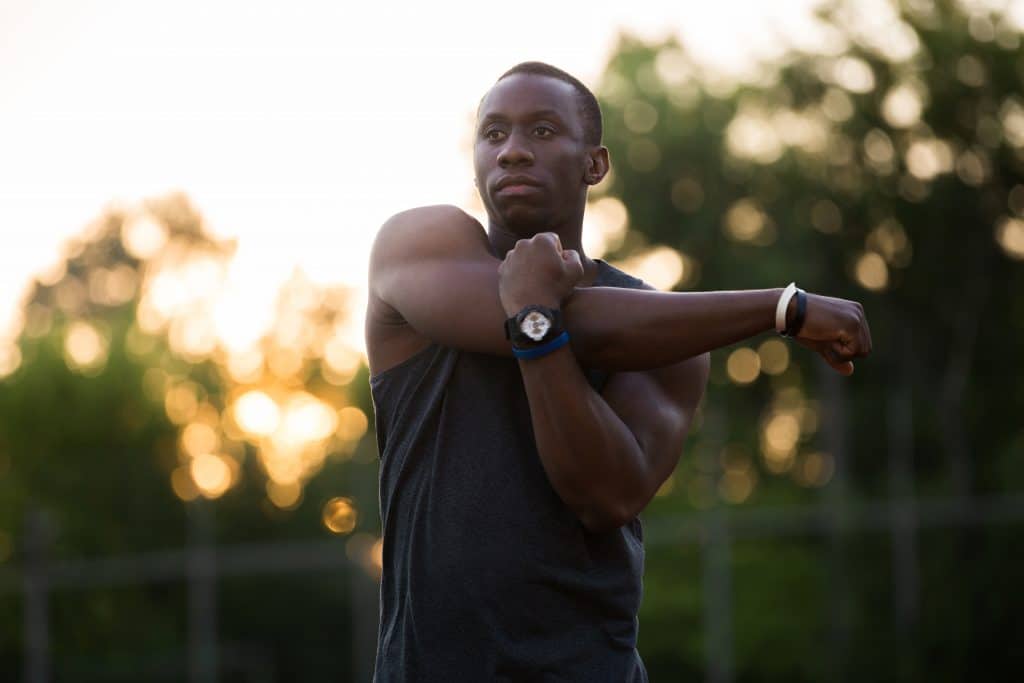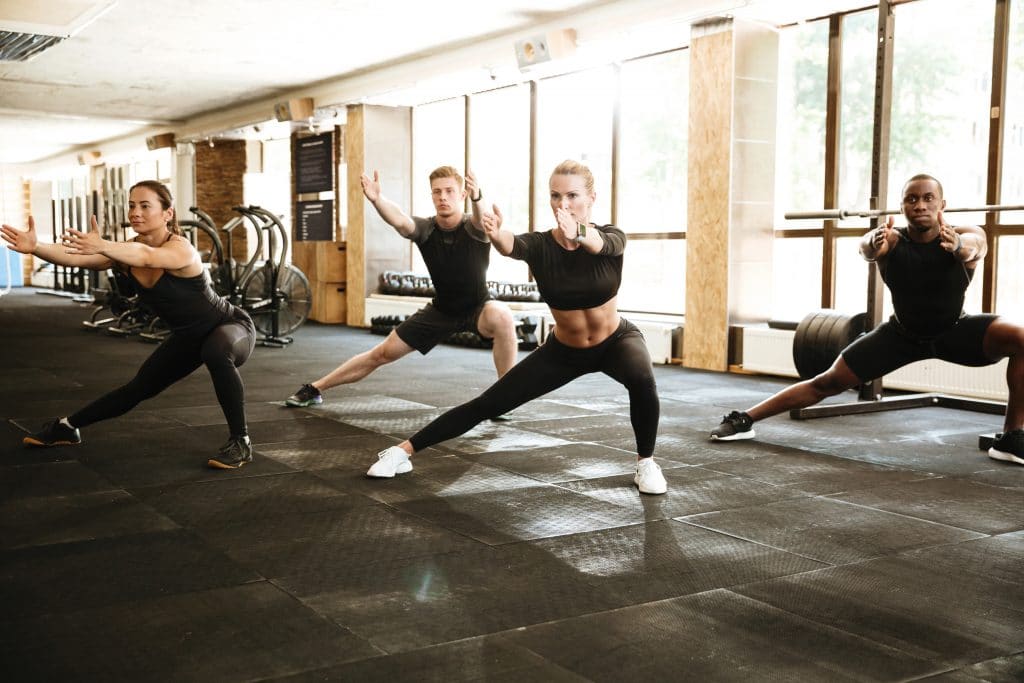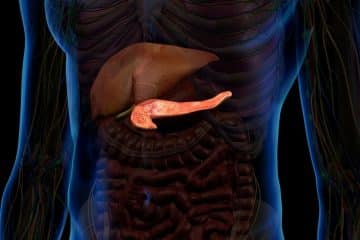Does Stretching Prevent Injury? – Overview
What is stretching?

Does Stretching Prevent Injury – What is Stretching
Is the technique of putting specific sections of the body in positions that stretch or elongate the muscles and surrounding tissues around them.
When you start stretching on a regular basis, you’ll notice a number of changes in your body, particularly in your muscles.
Fascia, tendon, ligament, skin, and scar tissue are some of the other structures that respond to stretching.
Types of stretching
Active Stretching

Does Stretching-Prevent Injury – Active-Stretching
This approach involves adopting and holding a posture while focusing solely on the muscles of the targeted group. moving the ankle back and forth, for example, the use of the calf muscles to keep the toes in a straight position and lift them toward the shin.
As one muscle is extended and the other is contracted, they are performing opposite functions.
Passive stretching

Does Stretching Prevent Injury – Passive Stretching
By holding a position or just a pose with gravity or by hand, this kind of stretching is ideal for improving your sense of balance and joint flexibility.
The target muscle lengthens once a certain force reaches the outer limits of your range of motion.
Two-headed muscle stretches, for example, comprise lowering at the waist to touch your toes and keeping that position for more than 30 seconds before moving on to a deeper stretch.
Dynamic stretching

Does Stretching Prevent Injury – Dynamic Stretching
These are fast-paced stretches that depend on momentum to keep them moving. Doing a hamstring stretch, for example, involves swinging your leg upward in a kick through its range of motion. A progressive increase in height is achieved with each pass.
PNF Stretching

Does Stretching Prevent Injury – PNF Stretching
A set of practices involving table stretching and the assistance of a licensed stretch therapist is preferred to this. Because resistance is applied while keeping everything in place, PNF stretching aids the healing of a weaker or injured muscle. The stretch posture is held in place for around 20 to 30 seconds after the contraction is eased, followed by another up to 50 seconds for the muscles to fully relax.
Benefits of stretching exercises
• Increase your physical activity performance.
• Enable your joints in achieving their full range of movement.
• Allow your muscles to perform at their best.
Does stretching exercises help prevent injury
Stretching used to be, and still is, considered an important ritual to complete before exercising in order to help avoid or reduce the chance of injury. Does it work?
Pope et al and colleagues investigated approximately 1000 military personnel between 1998 and 2000. For the first 12 weeks, they compared a group of people who stretched their calves before exercising to a group of people who stretched their shoulders.
Which group experienced the fewest injury to their calf muscles? None of these. Injury rates did not differ between the two subgroups.
This was an unexpected finding, so the researchers repeated the trial with more recruits, stretching all of the lower leg muscles and comparing them to a control group that did not stretch.
The end result: no reduction in any sort of harm! That’s true, stretching every muscle in the leg for 12 weeks had no effect on preventing injury.
Lauersen et al. published a comprehensive review of studies on stretching and injury prevention in 2014. They checked the results of 26 thousand people who had suffered 3 thousand injuries between them.
They discovered that having great balance lowered the injury risk by 35%, having stronger muscle lowered the injury risk by approximately 70%, and stretching did not lower the injury risk at all (all kinds of stretching were included).
Dr. Stephen Thacker and his colleagues reviewed and examined over 100 previous published medical research on the subject for their publication “The Impact of Stretching on Sports Injury Risk: A comprehensive review of the Literature.”
Their main results are that stretching increases flexibility, but that this improved flexibility does not prevent injuries, according to the largest studies.
So, most evidence support that stretching exercises appear not to help reduce injuries.
How you can prevent injury?
Fortunately, there is a lot of high-quality research support that neuromuscular training can minimize injuries greatly, and it has been proven to be effective at the junior level.
It can also be adopted by a trainer who has attended one session to learn how to provide an efficient warm-up.
References
https://pubmed.ncbi.nlm.nih.gov/16130528/
https://www.mayoclinic.org/healthy-lifestyle/fitness/basics/fitness-basics/hlv-20049447
See Also

Dr.Sharif Samir Alijla, is a general medical doctor and a well-rounded professional that cares and treats patients from Palestine. I participated in many medical studies and conferences, I've launched a range of community initiatives and taken part in a variety of leadership and change training programs. I worked as an author for many medical websites such as TebFact . I specialized in writing medical articles from authoritative and updated sources in a simple and smooth the way for the reader.



